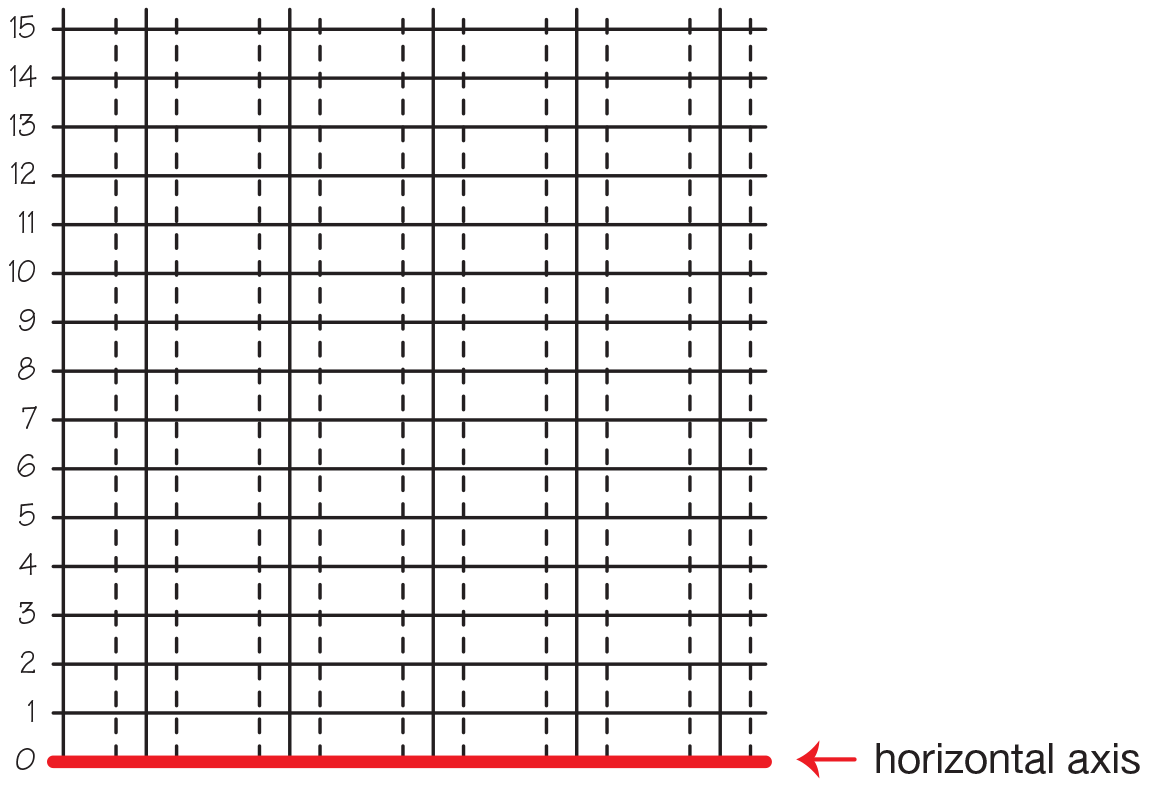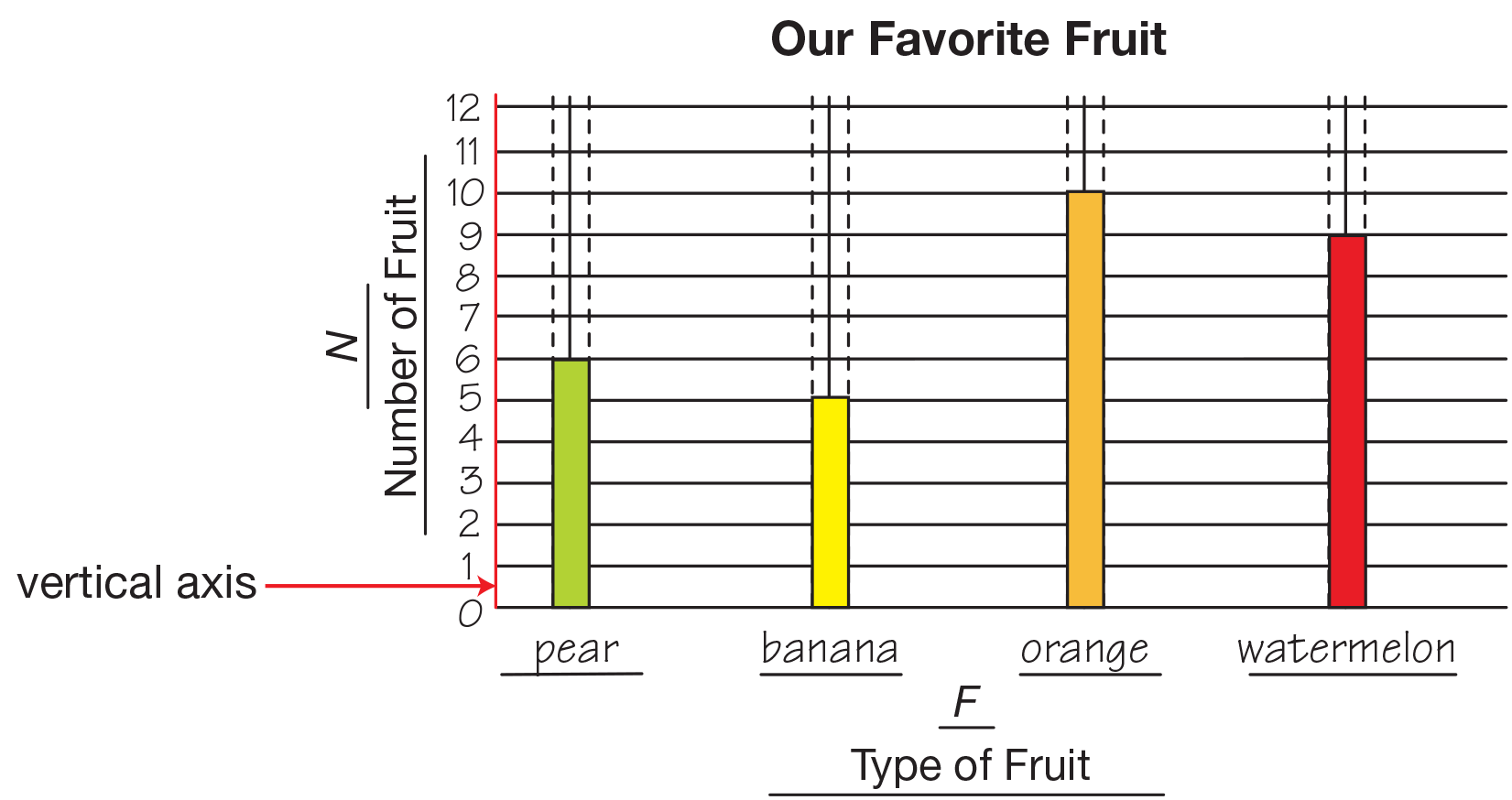In this teacher-guided lab, students use the TIMS Laboratory Method to graph and explore data collected in their classroom about their favorite lunches. They use strategies to solve addition and subtraction problems based on the data.
Content in this Lesson
- Representing addition and subtraction using number sentences [E3].
- Solving subtraction problems using counting strategies [E5].
- Using mental math strategies and reasoning strategies (e.g., using doubles, using ten, making ten, reasoning from known facts) to solve addition and subtraction problems within 20 [E6].
- Solving word problems (e.g., join, separate/take away, part-whole, compare) involving two whole numbers with a sum within 100 [E7].
- Drawing a bar graph from a data table [E8].
- Reading a bar graph or table to find information about a data set [E9].
Daily Practice and Problems K–N
Assessment in this Lesson
| ASSESSMENT | EXPECTATION ASSESSED |
|---|---|
|
Mr. Hart’s Class with Feedback Box Student Activity Book Pages 127–129 |
|
|
DPP Item L Fact Families Teacher Guide - digital |
|

















